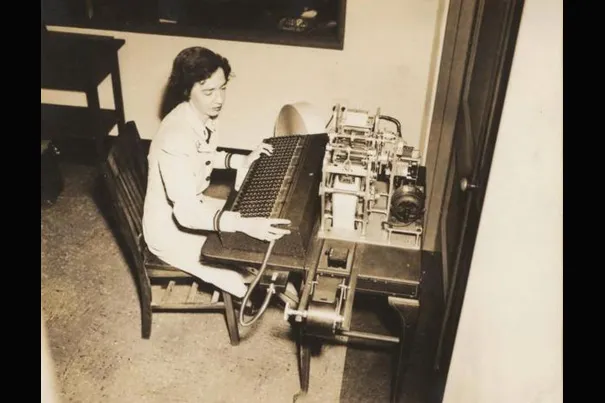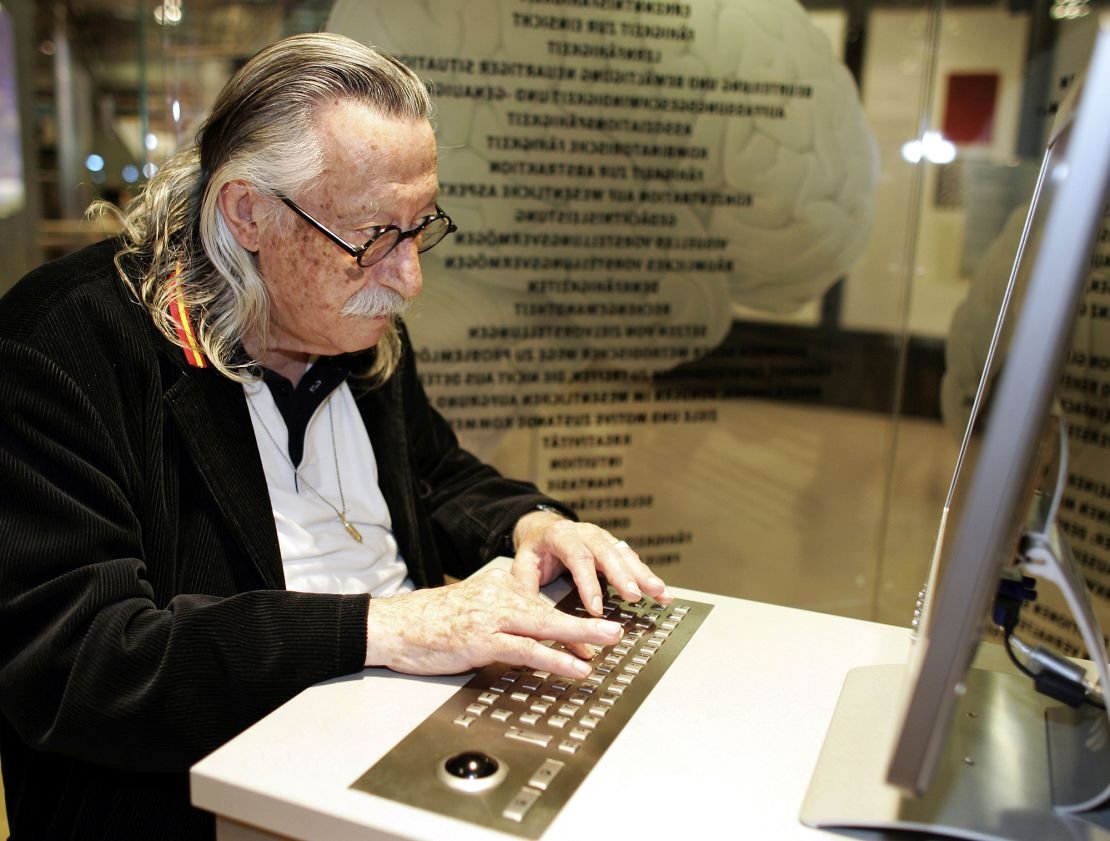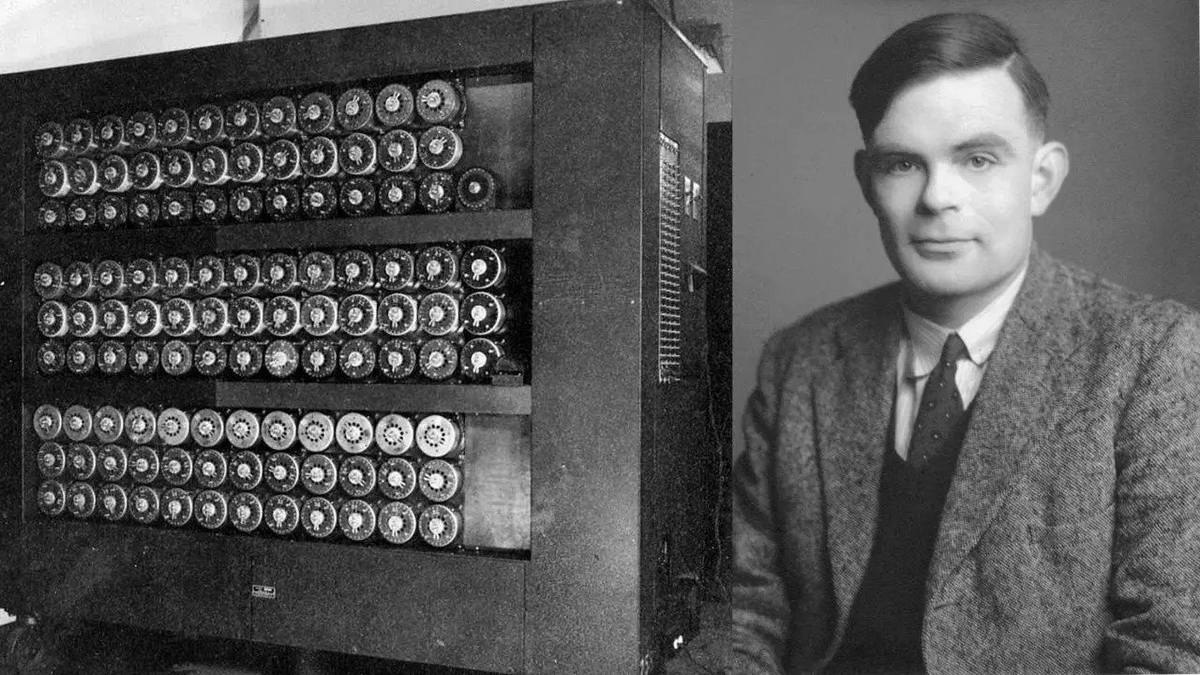
CEO & Cofounder @CodeHS, author @ReadWriteCode_, founder @flipsideupdate. Working to improve computer science education #ReadWriteCode
How to get URL link on X (Twitter) App



 Let’s start with the biggest concern.
Let’s start with the biggest concern.
 Born in 1997 in Pakistan’s Swat Valley, Malala was raised to value learning.
Born in 1997 in Pakistan’s Swat Valley, Malala was raised to value learning.

 Born in 1815, Ada Lovelace was the daughter of the poet Lord Byron.
Born in 1815, Ada Lovelace was the daughter of the poet Lord Byron.
 Meet ELIZA, the world's first chatbot.
Meet ELIZA, the world's first chatbot.

 In the 1940s, programming looked nothing like today.
In the 1940s, programming looked nothing like today.
 Kathy Kleiman, a young programmer, found old photos of women standing beside ENIAC—the first general-purpose computer.
Kathy Kleiman, a young programmer, found old photos of women standing beside ENIAC—the first general-purpose computer.

 Born in 1815, Ada Lovelace was the daughter of the poet Lord Byron.
Born in 1815, Ada Lovelace was the daughter of the poet Lord Byron.
 Meet ELIZA, the world's first chatbot.
Meet ELIZA, the world's first chatbot.
 Born in London in 1912, Alan Turing was different.
Born in London in 1912, Alan Turing was different.